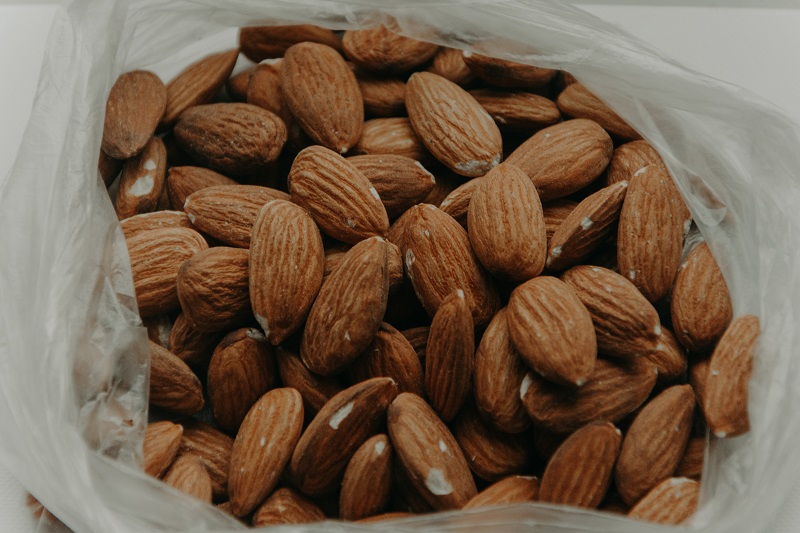Strawberry Growers Wired For Success
When it comes to multitasking mastery, it’s hard to match what growers do on a daily basis. The fine line that separates “too much” from “too little” or “too early” from “too late” can be applied across the board. While organizational tools run the gamut to suit all needs and tastes, researchers are coming up with new ways to drastically improve on the spreadsheets and hard-copy “to-do” lists of days gone by.
For example, today’s multiple digital media platform availability helped set the stage for UF/IFAS researchers to develop an information-gathering tool for strawberry growers to aid in their constant combat against anthracnose and botrytis fruit rots. According to project lead Natalia Peres, assistant professor of plant pathology, UF/IFAS Gulf Coast Research and Education Center in Balm, the web-based system uses temperature and leaf wetness to forecast the need for fungicide applications. Weather data is imported from the Florida Automated Weather Network (FAWN) every 15 minutes. So, the system itself is updated often. The useful predictions can be accessed online (http://agroclimate.org/tools/strawberry) and/or growers can sign up to receive eMail or text message advisories sent directly to their mobile or smartphone. “Growers receive the eMail and/or text alerts as soon as conditions turn favorable for the diseases,” Peres says. “They can get the alerts at any time. Sometimes it happens in the middle of the night, so by the time growers get to work in the morning, they can plan their sprays accordingly.”
While strawberry growers often apply fungicides weekly or even more often to assure control of these two diseases, Peres says many of those applications are not necessary. That’s where this notification system steps in. “The tool forecasts the need for sprays and — on average — we have been able to reduce the number of sprays by half without loss of control or yield,” she says.
Strong Signal
Having previously worked on the development of models for prediction of postbloom fruit drop in citrus, Peres took her knowledge from that arena and applied it to models for the timing of fungicide application in strawberries. “The situation in Florida, with all the sprays applied to strawberries, made it a natural for attempts to use models to reduce the number of sprays,” she says.
Indeed. The primary advantage of the system involves reducing applications, thus cutting costs. “Sprays for these two diseases represent one-third of all production costs,” Peres says. “So, the savings in fungicide and application costs are considerable.”
In addition to some of the obvious benefits of a notification system like this — namely ease of use and 24/7 accessibility to vital crop protection information — Peres says the tech tool overall is educational. “Checking the system often will make growers intuitively learn and recognize the set of weather conditions conducive for disease development,” she says.
Tech Talk
Though this tool is suited specifically for strawberry growers, Peres says models and similar systems can be and have been applied to other crops. Of course, the tool would have to be adapted to each disease and unique situation. “We now have a grant to apply the system to strawberries produced in other states,” she says. “It should function for strawberry growers in other areas that have the same disease problems, but won’t be directly applicable to other crops.”
In helping take the system from concept to fruition, Peres gives credit to her colleagues. “Steve MacKenzie, a postdoctoral researcher in my lab at the time, had the mathematical and epidemiological skills to determine the relationship between weather variables and disease incidence, which allowed us to develop a practical model for disease prediction,” she says. “Clyde Fraisse, a professor at the agricultural and biological engineering department, and Willingthon Pavan, a former postdoctoral research associate in his lab, developed the web-based application to make the disease prediction system easily and readily available for growers to use.”
About a handful of local growers trialed the system this past season. More are sure to join in. Peres says the system is currently available and should be fully functional for the upcoming 2010-2011 strawberry growing season. “I’m pleased the system has worked out well and that we should be able to assist growers in reducing costs as well as diminishing environmental concerns and improving worker safety.”









